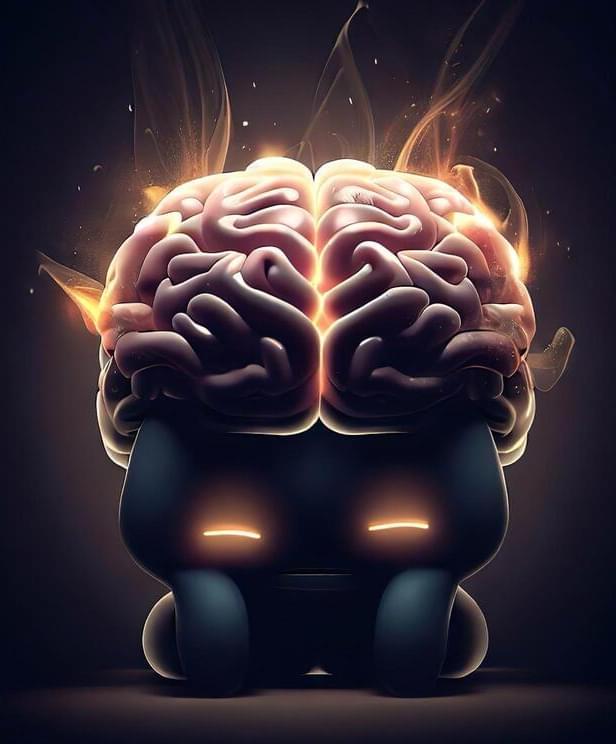Embark on a captivating journey through the intricate pathways of the brain. This video delves into the fascinating realm where neuroscience and the philosophy of knowledge converge. Explore how brain structures facilitate learning, the dynamic interplay between cognition and perception, and the profound mysteries of consciousness and self-awareness. Discover the roles of language, emotion, and sensory integration in shaping our reality. Delve into the ethical considerations of brain manipulation and the revolutionary potential of educational neuroscience and brain-computer interfaces. Join us as we push the boundaries of knowledge, uncovering the secrets of the mind and envisioning the future of human cognition.
#Neuroepistemology #BrainScience #Cognition #Neuroplasticity #BrainComputerInterface.
Become a member of this channel to enjoy benefits:
/ @artificiallyaware




